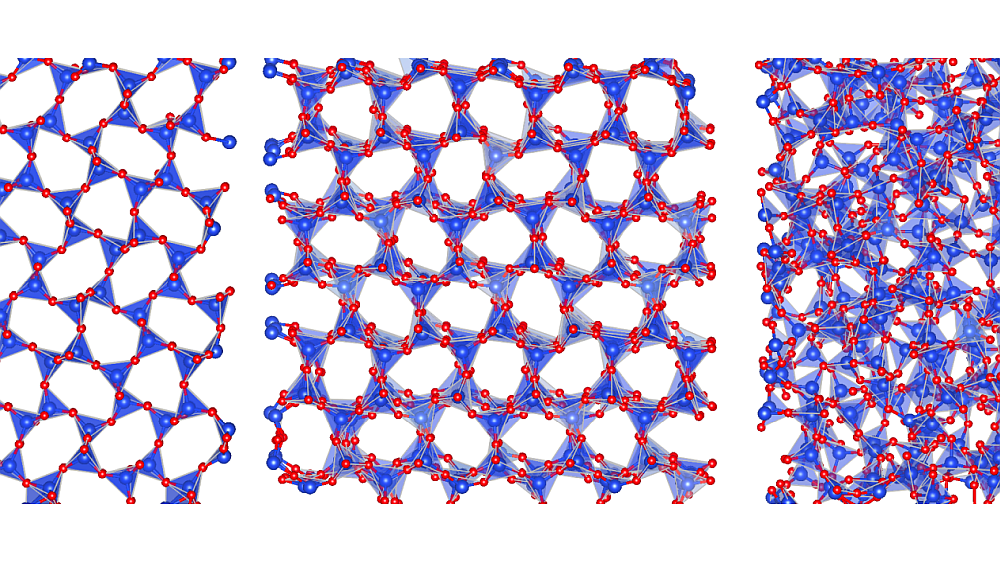
Credit: Gradmatic; YouTube
For several years, I’ve been hearing companies in the refractory services sector tout their ability to automate a lot of the steps of lining furnaces, but I have never witnessed it in person, nor seen exactly how its done, until I stumbled upon this video.
Various companies have their own proprietary systems, so there are many ways to accomplish the task, but I thought this video, produced by Gradmatic Equipment, at last gave me a good sense about how such systems could work.
Clearly, a lot of the equipment available is application-specific, and this video is only about installing refractory linings for coreless induction heating furnaces. The company does indicate that various furnace diameters can be accommodated and that it’s possible to use a similar system with ladles.
Regardless, I think the video does a nice job of contrasting manual methods to an automated system, and discusses health and safety issues, extension of lining life, materials requirements and labor costs.
I have no idea what a set of Gradmatic’s lining installation machines cost, and given the large variances in labor costs and concerns about worker silica exposure that exist around the world, there is no universal way to estimate payback times for such investments. But, the company says its customers report that lining life can improve by more than 67 percent, and, with the two-person system, the workforce can be reduced by more than 57 percent. An added measure is that Gradmatic says its customers report that the hours of labor required to replace a lining can be reduced by nearly 75 percent.
Gradmatic describes the emphasis on decreasing exposure to hazardous materials and more efficient use of materials as key parts of the “Green Foundry Concept.”
CTT Categories
- Manufacturing
- Refractories


